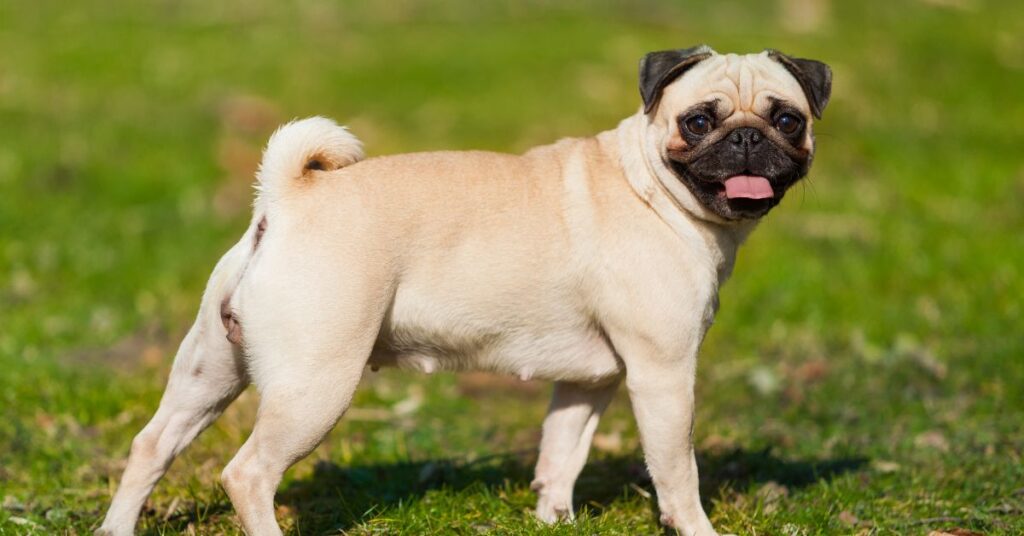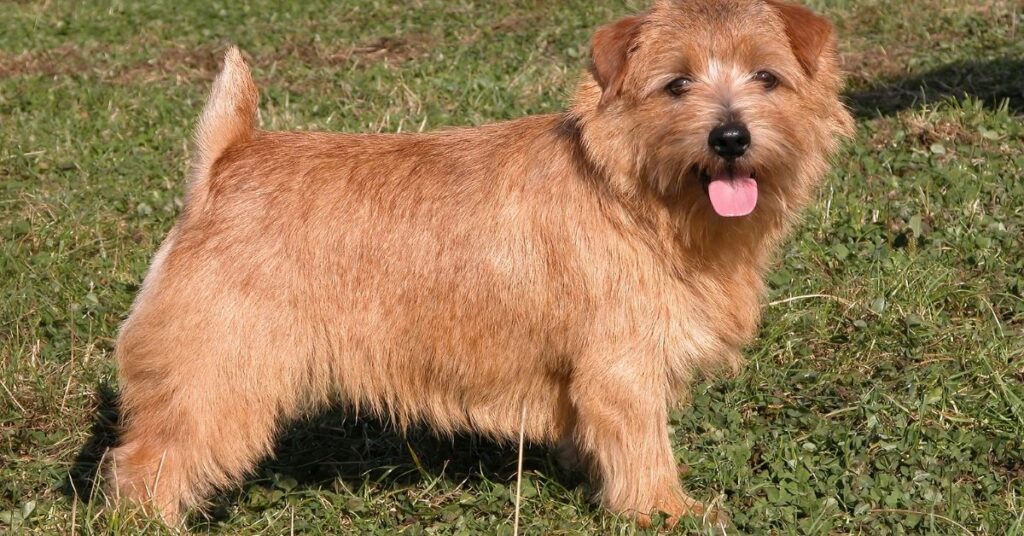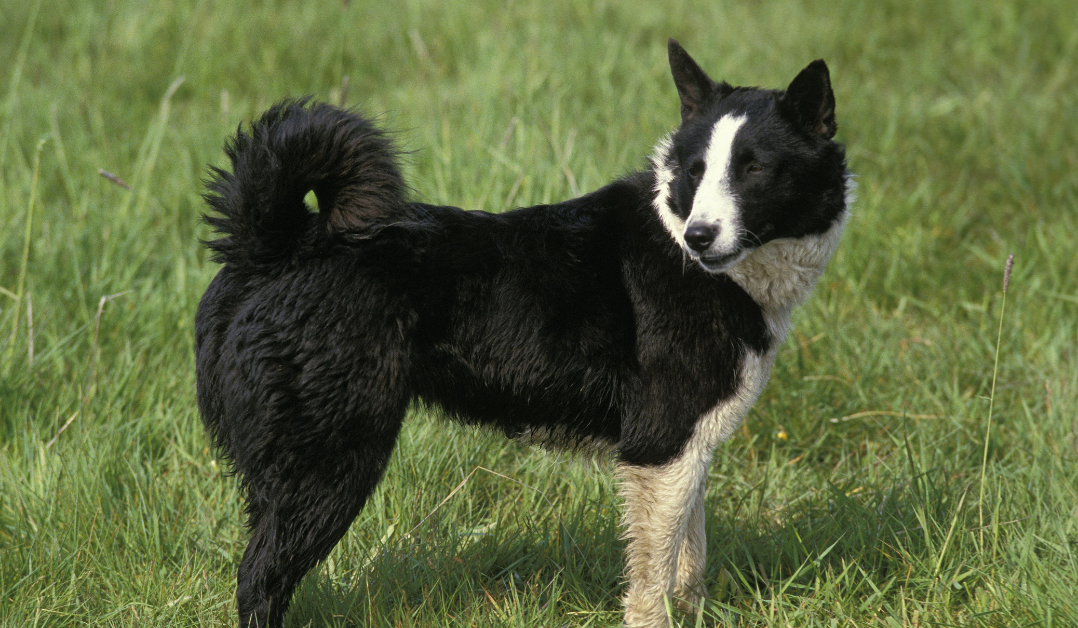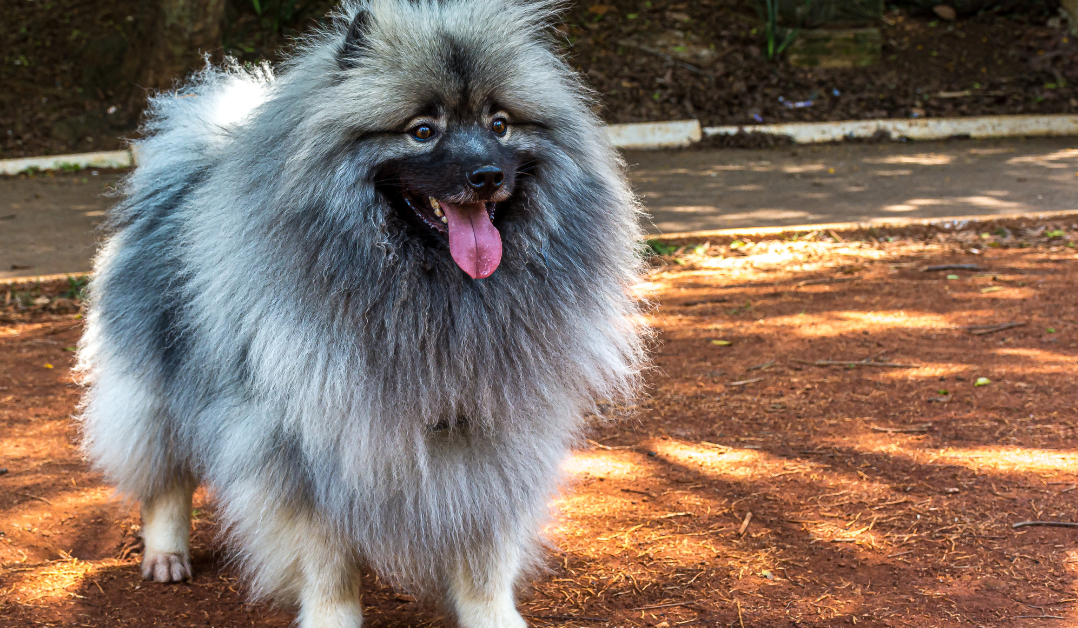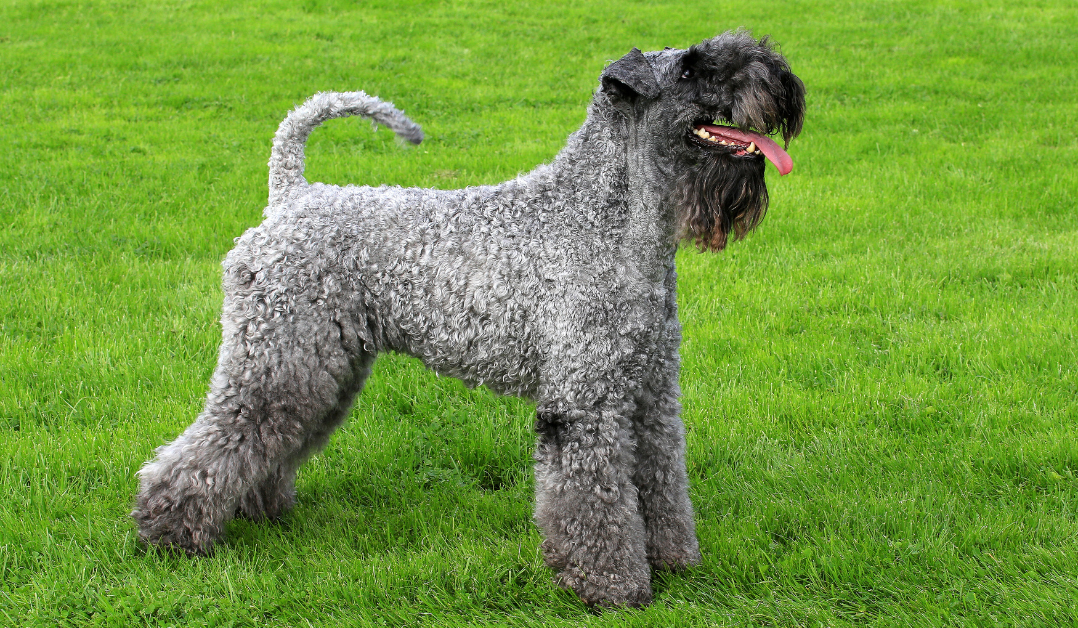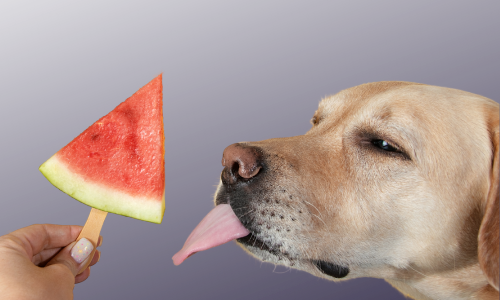The Pug is a small, charming breed known for its wrinkled face, expressive eyes, and playful personality. Pugs are affectionate, loving, and enjoy being close to their families, making them excellent companions.
*Disclaimer: This Post May Contain Affiliate Links. This Means That I Receive A Small Commission At No Extra Cost To You Should You Click Through And Make A Purchase. Learn More On My Policy Page
Breed Characteristics
- Breed Category: Toy Group
- Size: Small
- Coat Length: Short
- Shedding: High
- Hypoallergenic: No
- Grooming Requirements: Low; regular brushing needed
- Life Span: 12-15 years
- Activity Level: Moderate
- Temperament/Personality: Affectionate, playful, sociable
- Intelligence: Moderate
- Trainability: Moderate; can be stubborn
- Space Requirement: Small; suitable for apartments
- Compatibility with Children & Other Pets: Excellent
- Health Issues: Prone to respiratory issues, obesity, eye problems
- Nutrition Needs: High-quality diet with balanced nutrients
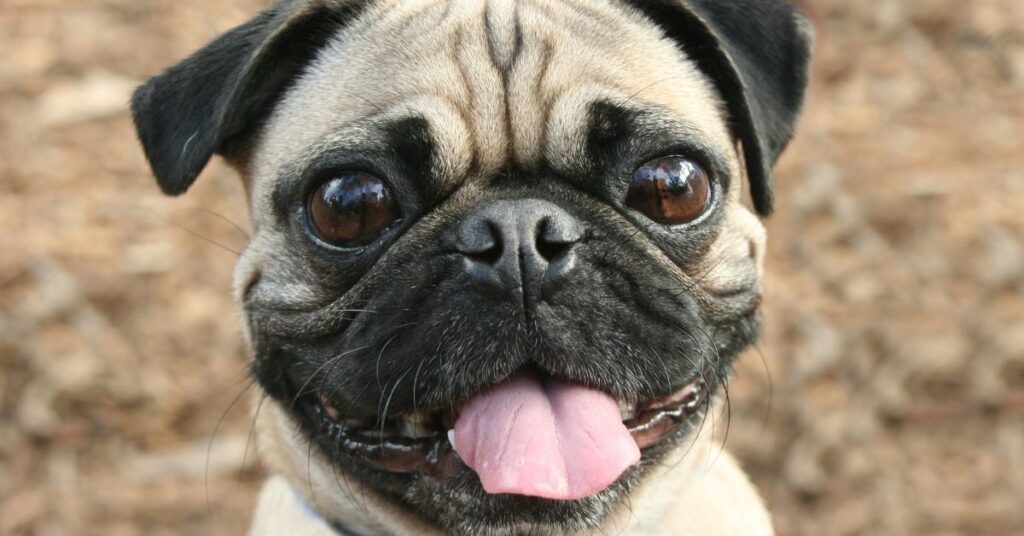
Origin and History
The Pug is an ancient breed with origins tracing back to China, where they were bred as companions for Chinese emperors. The breed was highly valued and often lived in luxury, guarded by soldiers. Pugs were eventually brought to Europe in the 16th century, where they became popular among European nobility. The breed’s distinctive appearance, including its wrinkled face and curled tail, made it a favorite among royals and commoners alike.
Appearance and Physical Characteristics
Pugs are small dogs, standing between 10 to 13 inches tall and weighing between 14 to 18 pounds. They have a distinctive appearance, characterized by a wrinkled face, short muzzle, and large, expressive eyes. Pugs have a short, smooth coat that comes in various colors, including fawn, black, apricot, and silver. Their tails are tightly curled over their back, adding to their unique appearance. Despite their small size, Pugs have a sturdy and muscular build.
Temperament and Personality
Pugs are known for their affectionate and playful nature. They are highly sociable dogs that enjoy being around people and other pets. The breed is also known for its sense of humor and can be quite mischievous at times. Pugs are loyal companions that thrive on attention and love to be involved in family activities. They are also known for their adaptability and can adjust to various living environments, making them suitable for both apartments and houses.
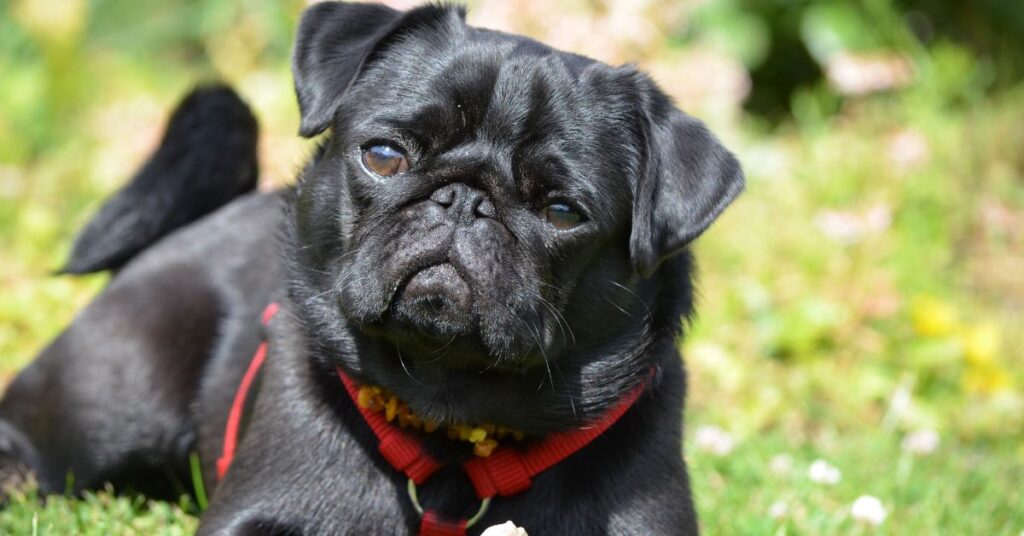
Intelligence and Trainability
Pugs are moderately intelligent dogs, but they can be stubborn at times. Early training and socialization are essential to ensure they develop good behavior and social skills. Positive reinforcement techniques work best, as Pugs respond well to praise and rewards. However, their stubborn nature may require patience and consistency during training. Despite this, Pugs are eager to please and can learn various commands and tricks with the right motivation.
Compatibility with Children and Other Pets
Pugs are generally excellent with children and other pets, making them ideal family dogs. Their playful and gentle nature makes them a good match for households with young children. Pugs are also known for their friendly and sociable demeanor, getting along well with other dogs and pets. Early socialization helps ensure they interact well with different animals and people.
Health and Nutrition
Pugs are prone to certain health issues, particularly respiratory problems due to their brachycephalic (short-nosed) structure. Other common health concerns include obesity, eye problems, and hip dysplasia. Regular veterinary check-ups, a balanced diet, and proper exercise are essential for maintaining their health. A high-quality diet that supports their small size and less active lifestyle is recommended. Owners should be mindful of portion sizes and feeding schedules to prevent obesity.
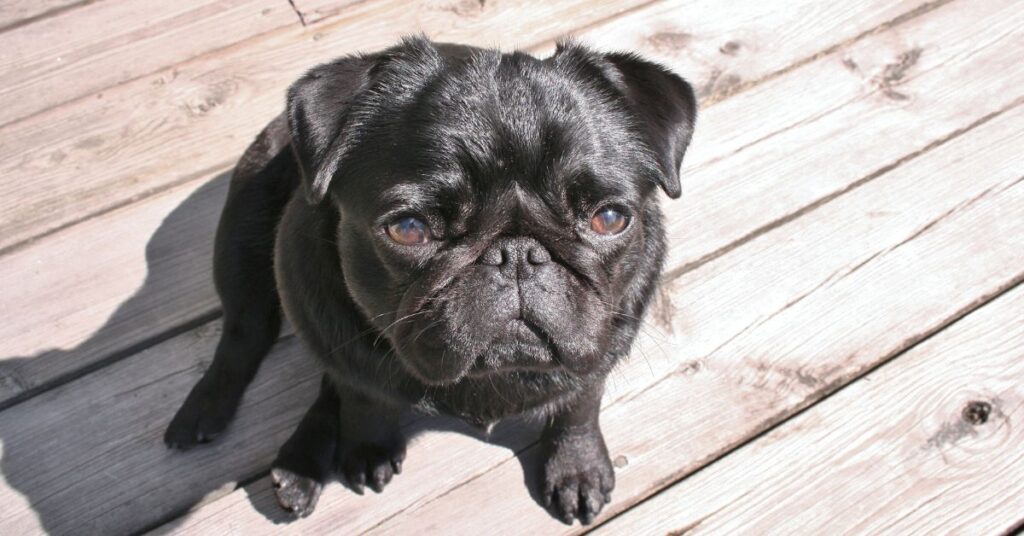
Exercise and Activity Level
Pugs have moderate energy levels and require regular exercise to stay healthy and happy. They enjoy short walks, playtime, and interactive games with their owners. Despite their playful nature, Pugs are not overly active and can be content with moderate exercise. The breed is well-suited for apartment living but benefits from regular mental and physical stimulation to prevent boredom.
Grooming Needs
The grooming needs of Pugs are relatively low due to their short coat. Regular brushing is necessary to remove loose hair and keep the coat healthy. Pugs shed moderately, so frequent brushing can help manage shedding. Bathing should be done as needed, and routine grooming tasks such as dental care, ear cleaning, and nail trimming are important to prevent common health issues. Pugs’ facial wrinkles require special attention to keep them clean and dry to prevent infections.
Training and Socialization
Early training and socialization are crucial for Pugs. Positive reinforcement techniques work best, as they are sensitive to harsh training methods. Socializing them with various people, environments, and other animals helps them develop into well-rounded and confident adults. The breed’s affectionate and sociable nature makes them quick learners, but patience and consistency are key to successful training.
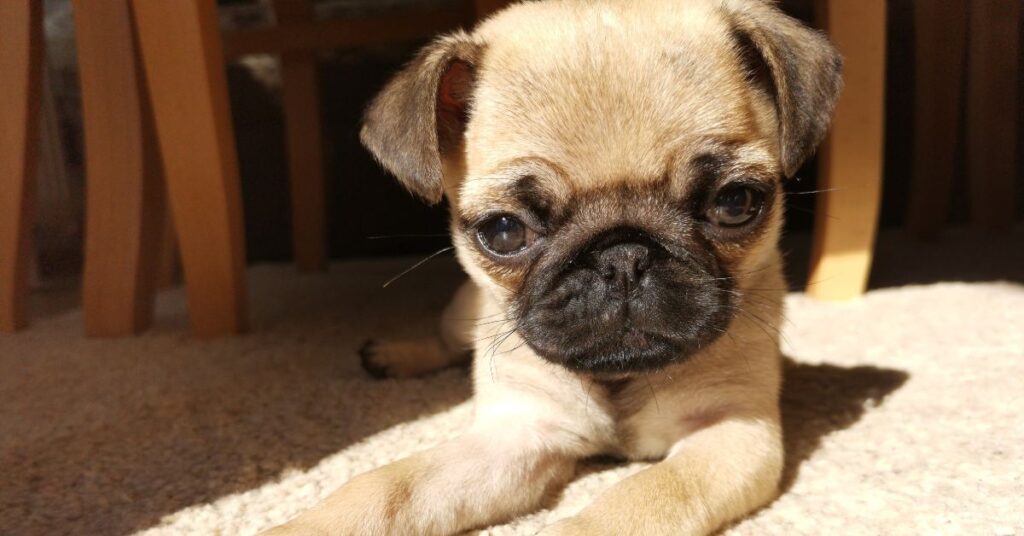
Famous Pugs
Pugs have been popular among celebrities and royalty for centuries. Notable owners of Pugs include Queen Victoria, Napoleon Bonaparte’s wife Josephine, and the Dutch royal family. The breed has also appeared in movies including Men In Black, and various TV shows, further solidifying its place in popular culture.
Conclusion
The Pug is an affectionate, playful, and sociable breed that makes an excellent companion for families and individuals alike. With proper training, socialization, and care, a Pug can be a devoted and lively member of the family.


